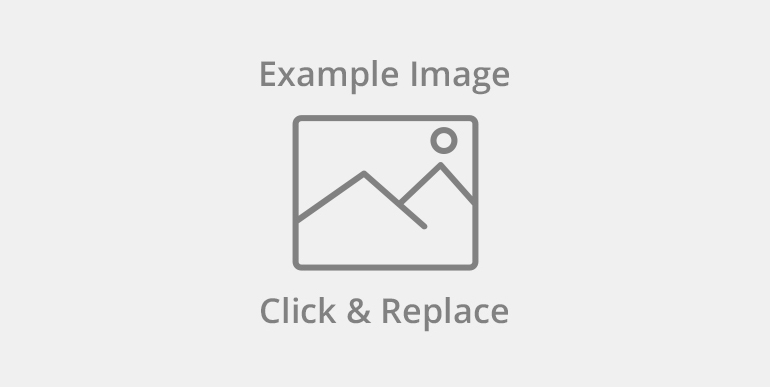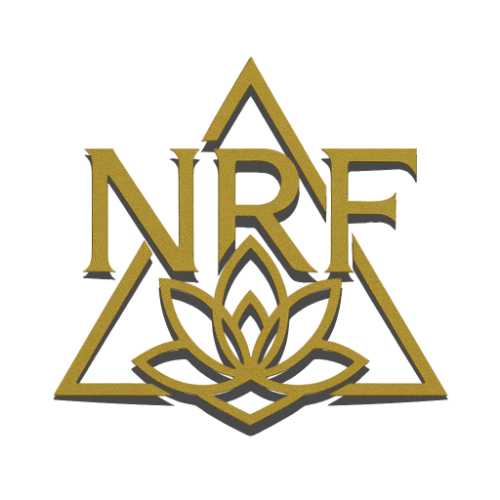HUD Loan Program:
Unlocking Opportunities: Navigating HUD Loan Programs with Confidence

Application Process
- Pre-Application: Initial consultation with HUD or a lender to discuss the project's eligibility and requirements.
- Formal Application: Submission of detailed project plans, financial statements, and other required documentation.
- Review and Approval: HUD reviews the application for compliance, feasibility, and impact. Approval leads to loan issuance.
Financial Considerations
- Loan-to-Value Ratio (LTV): Typically up to 85-90% for residential projects, allowing significant project funding.
- Debt-Service Coverage Ratio (DSCR): Minimum DSCR requirements ensure the project's cash flow can cover debt payments.
- Equity Injection: Borrowers may need to contribute 10-15% of the project cost as equity.


Understanding HUD Loans
HUD Loan Purpose: HUD loans are government-backed financing options intended to support the construction, purchase, rehabilitation, and operation of residential and commercial properties that meet HUD's criteria, primarily focusing on affordable housing and community development.
Key Features
- Government Support: Loans are insured by the Federal Housing Administration (FHA), part of HUD, offering lenders protection against losses.
- Competitive Interest Rates: Due to government backing, these loans often feature lower interest rates compared to conventional loans.
- Long-Term Financing: Terms can extend up to 35-40 years, providing stable, long-term capital for large projects.
- Non-Recourse: Most HUD loans are non-recourse, meaning the borrower is not personally liable beyond the collateral.
Eligible Projects
- Multifamily Properties: Including apartments, affordable housing, and mixed-use developments.
- Healthcare Facilities: Such as hospitals, nursing homes, and assisted living facilities.
- Special Needs Housing: Projects catering to specific groups, like seniors or disabled individuals.



